5 ways GPS technology has impacted the construction industry
1. Site Surveying and Mapping
GPS technology enables precise surveying and mapping of construction sites, allowing for accurate measurements and assessments of the terrain. This use of GPS helps in planning the layout of a project, identifying potential issues before construction begins, and ensuring that the design fits well within the designated land area.
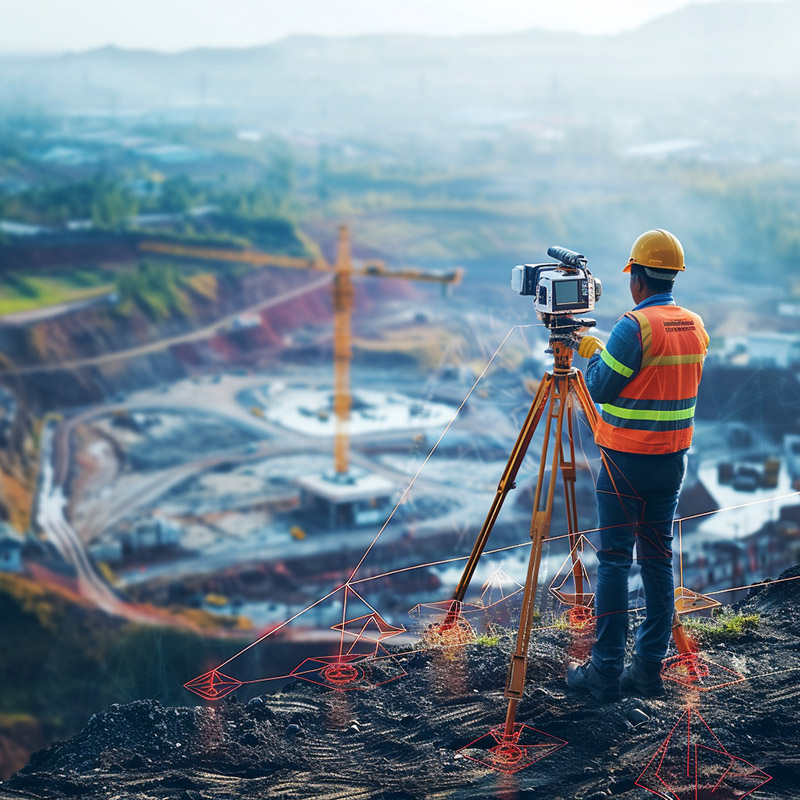
2. Equipment Tracking and Management
GPS is used to track the location of construction equipment, such as cranes, bulldozers, and trucks, in real-time. This tracking helps in managing assets more efficiently, preventing theft, and optimizing the use of equipment by ensuring it is in the right place at the right time.
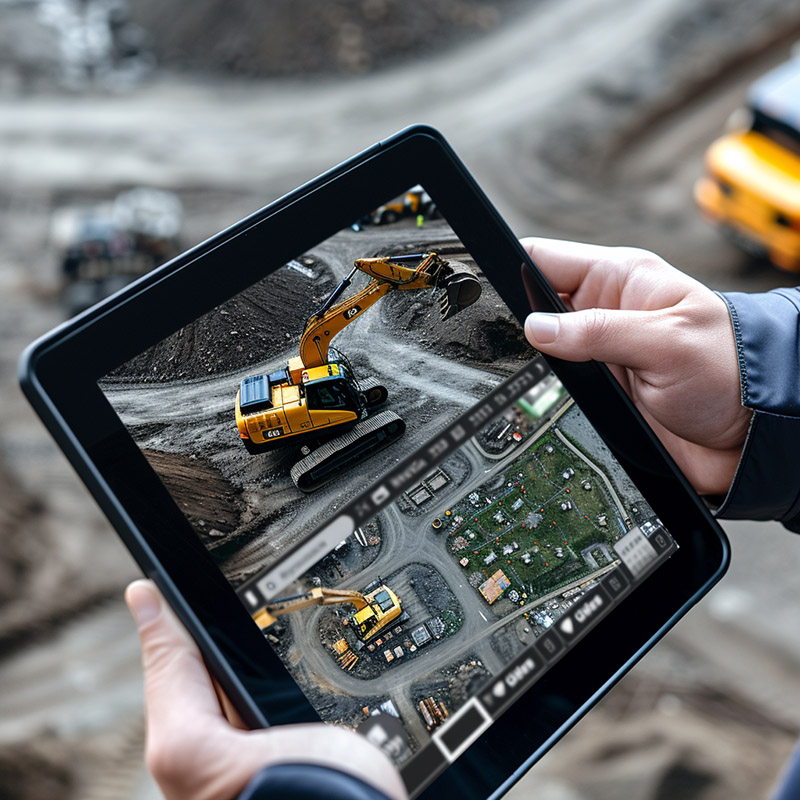
3. Guidance for Machinery
GPS-guided machinery, such as excavators, graders, and bulldozers, can operate with higher precision and less human intervention. The GPS systems provide operators with detailed guidance on digging depths, angles, and navigation paths, enhancing accuracy in tasks like grading and excavation.
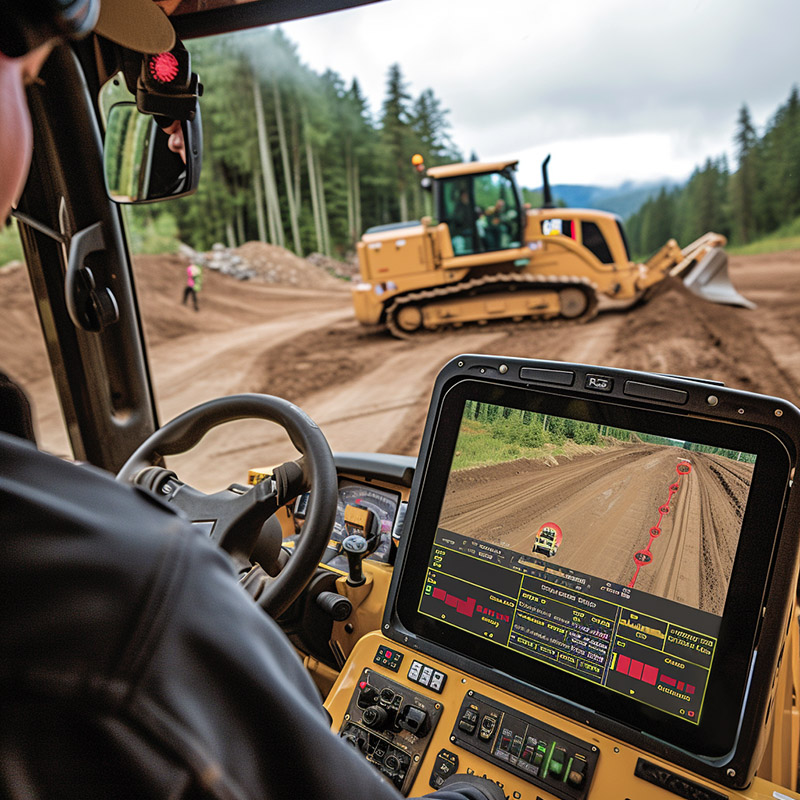
4. Project Management and Monitoring
By integrating GPS data with project management software, construction managers can monitor progress in real-time, compare actual progress with planned timelines, and make informed decisions to keep projects on track. GPS helps in documenting project milestones and verifying that work is completed as per design specifications.
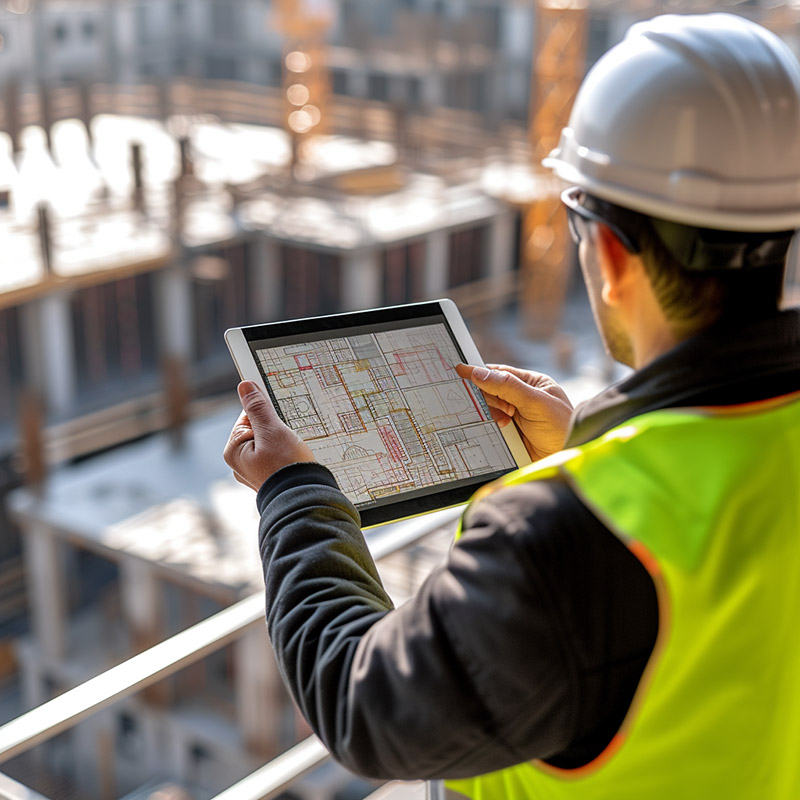
5. Safety and Navigation
GPS technology is also used to enhance safety on construction sites. By establishing geofences, managers can receive alerts when workers or equipment enter hazardous zones. Additionally, GPS can help in navigating large or complex construction sites, ensuring that personnel and resources are directed to the correct locations safely and efficiently.
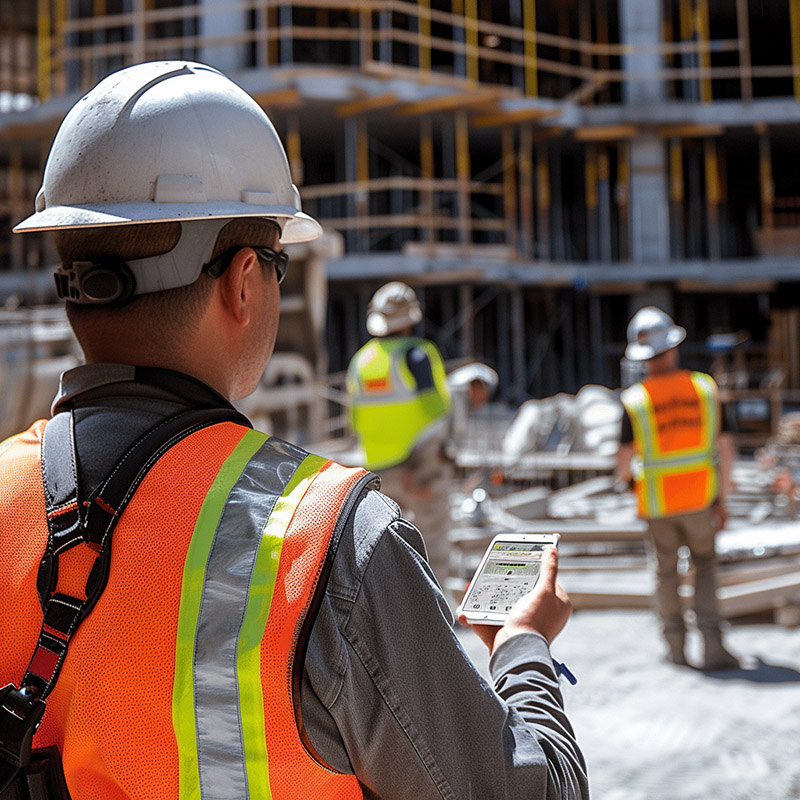
GPS Helps Construct the World's Longest Transoceanic Bridge

Beginning in 2004, Trimble's positioning technologies -- Global Positioning System (GPS), digital auto levels and software -- were used to help construct the world's longest transoceanic bridge in China.
As one of the fastest growing countries, China has attracted the world's attention for its phenomenal rate of economic development and modernization efforts. Infrastructure projects especially in the areas of transportation, telecommunications, water conservation, energy, and environmental protection are a national priority.
The Zhejiang Province, located on the eastern coast of China is the site of $1.7 billion construction project -- The Hangzhou Bay Transoceanic Bridge. The contractor, China Railway Bridge Bureau Group, is using Trimble 5700 GPS systems, Trimble DiNi 12 digital levels and Trimble Geomatics Office software. According to the China Railway Bridge Bureau Company, the Trimble equipment helps improve efficiency and reduce costs; provides high accuracy and very close tolerances; is easy to operate and rugged enough to use in any harsh environment.
While conventional optical systems could be used for control near the coast as well as to position piles at a distance, the project requires precise positioning for the 9-25 km (5.6-15.5 miles) bridge span off the coast. Conventional survey systems would either reduce the accuracy or require extra control stations, which would demand more work as well as increase the potential for error accumulation. By using the Trimble 5700 RTK GPS systems with a reference station for differential corrections, accuracy is improved at greater distances enhancing the contractor's productivity.
To date, approximately 50 Trimble 5700 RTK systems have been set up at sites where the bridge will span the Bay of Hangzhou. Three Trimble 5700 CORS GPS systems are used as reference stations to broadcast the differential corrections required for precise measurements of the project. Additional 5700 systems are located on barges in order to provide millimeter accuracy for the real-time positioning of piles and pre-fabricated sections of the bridge; this is accomplished by moving sections of the bridge on barges for precision placement using GPS for position and orientation. The Trimble 5700 RTK systems are also used for measuring the coastal topographic details as well as hydrographic surveys of the seabed. Using Trimble equipment across the entire construction site enables all surveying, mapping and construction activities to share a common geodetic reference system.
Since the China Railway Bridge Co. has been using Trimble equipment, the construction project has progressed quickly, with significant improvement in the offshore positioning accuracy and complete positioning process. With the GPS reference stations covering the entire construction area, overall project accuracy is enhanced and working efficiency is improved.
When completed in 2008, the Hangzhou Bay Transoceanic Bridge significantly shortened land distance between Shanghai and Ningbo by over 74.5 miles and promoted economic development in the province. The bridge spans across the Hangzhou Bay on the East China Sea, crossing the Qiantang River at the Yangtze River Delta. The Delta area is said to be one of the world's most complicated sea environments, with one of the three highest tides on Earth, typhoons and challenging soil contents.
With an overall length of 22 miles, the six-lane bridge includes 20 miles over the sea. The main span of the new bridge uses the stayed-cable design. When completed, it is estimated that the bridge will carry 45,000 cars in its first year of operation.
Established in 1953, the China Railway Bridge Bureau Group Co. Ltd. includes 12 subsidiaries, 7 branches and about 10 offices in other countries. With assets over $578 million, the group includes 5,812 professional personnel. The company has gained many awards as well as the ISO 9001 quality certification. The Group has constructed numerous projects including the first bridge over the Yangtze River: the Wuhan Yangtze River Bridge and the Shantou Bay Bridge.
Trimble provides advanced GPS components and augments GPS with other positioning technologies as well as wireless communications and software.